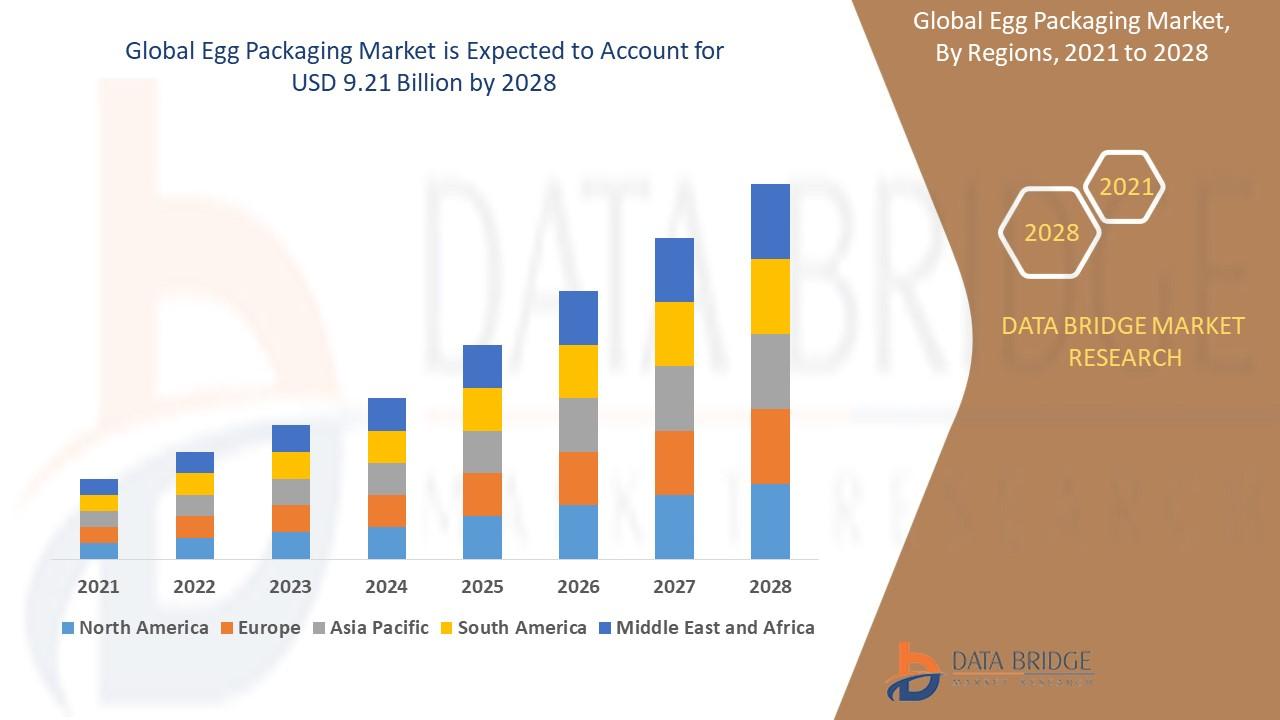Advanced Electricity Meters: Pioneering the Future of Energy Management
The global energy landscape is undergoing a remarkable transformation with the integration of advanced electricity meters. These cutting-edge devices are reshaping how consumers and utilities monitor, manage, and optimize electricity usage. As nations shift toward sustainable energy systems and smarter grids, advanced meters play a pivotal role in achieving energy efficiency, reducing operational costs, and enhancing customer engagement.
Understanding Advanced Electricity Meters
Advanced electricity meters, often part of the broader Advanced Metering Infrastructure (AMI), are digital devices designed to measure and record electricity consumption in real time. Unlike traditional analog meters that require manual readings, these smart meters communicate usage data automatically to the utility company via secure networks. This two-way communication allows for greater transparency, dynamic pricing, and faster response to outages or system inefficiencies.
The technology behind advanced electricity meters integrates sensors, data analytics, and communication modules to deliver precise and continuous information on energy flow. This enables consumers to monitor their consumption patterns, identify waste, and make informed decisions to reduce electricity bills. For utilities, it facilitates better grid management, reduces non-technical losses, and supports the integration of renewable energy sources like solar and wind.
Benefits for Consumers and Utilities
The adoption of advanced electricity meters brings multifaceted benefits to both end-users and energy providers.
-
Enhanced Accuracy and Transparency: Digital meters eliminate human errors and estimate-free billing. Consumers receive accurate and detailed reports of their energy use, improving trust and accountability.
-
Energy Efficiency and Cost Savings: With access to real-time consumption data, users can adjust their energy usage habits, leading to lower bills and a smaller carbon footprint. Utilities can also implement demand-response programs to balance grid load and minimize peak-time strain.
-
Improved Reliability: Advanced meters detect faults and outages instantly, allowing utilities to address issues proactively, thus reducing downtime and improving service reliability.
-
Support for Renewable Integration: These meters are vital for integrating distributed energy resources, such as rooftop solar panels and electric vehicles, ensuring smooth power flow and system stability.
Role in Smart Grid Development
Advanced electricity meters are foundational elements of smart grid infrastructure. They enable two-way data flow between utilities and consumers, allowing dynamic pricing models, time-of-use tariffs, and more responsive grid operations. Smart grids equipped with these meters can automatically balance supply and demand, detect anomalies, and optimize energy distribution in real time.
Moreover, the data collected from millions of advanced meters helps utilities forecast demand, improve load management, and plan infrastructure upgrades efficiently. Governments worldwide are investing heavily in smart grid and AMI projects, recognizing their potential to modernize energy systems and meet decarbonization goals.
Challenges and Future Outlook
Despite their numerous advantages, advanced electricity meters face certain challenges. Data privacy and cybersecurity remain key concerns, as these devices handle sensitive consumer information. Additionally, initial installation costs can be high, particularly for large-scale rollouts in developing regions.
However, advancements in IoT, AI, and data encryption technologies are mitigating these challenges. The future of advanced electricity meters looks promising, driven by growing urbanization, energy digitization, and regulatory mandates promoting sustainable energy practices. As adoption accelerates, these meters will become central to achieving global energy efficiency targets and empowering consumers in the digital energy era.
Frequently Asked Questions (FAQs)
Q1. What makes advanced electricity meters different from traditional meters?
Advanced electricity meters provide real-time consumption data and enable two-way communication with utilities, unlike traditional analog meters that require manual readings and only record total usage.
Q2. How do advanced electricity meters help consumers save energy?
They provide detailed insights into energy usage patterns, allowing consumers to identify inefficiencies and adjust behavior to reduce electricity consumption and costs.
Q3. Are advanced electricity meters secure?
Yes, modern advanced meters use encryption and authentication protocols to ensure data privacy and prevent unauthorized access. Utilities also comply with strict cybersecurity standards to safeguard consumer information.
More Related Reports:
upstream oil gas analytics market
الأقسام
إقرأ المزيد
Closing 7 days, Employees Tempo Kills took a search at the Tennessee Volunteers ' prospective customers for the 2010 soccer time. Amongst the insights available by way of the entrepreneurs of SB State 's SECcentric web site ended up a few components we understand and a few components we have on 't recognize around the Significant are countless added than a few factors I use 't notice, yet 2...

"Executive Summary North America Chromatography Solvents Market Research: Share and Size Intelligence CAGR Value The North America Chromatography Solvents Market is growing due to rising pharmaceutical research, biotechnology advancements, and increasing demand for high-purity analytical solutions. Best-practice models and research methodologies have been employed in the reliable...

"Global Executive Summary Egg Packaging Market: Size, Share, and Forecast CAGR Value Egg packaging market will reach at an estimated value of USD 9.21 billion and grow at a rate of 6.30% for the forecast period of 2021 to 2028. Egg Packaging Market business report provides data on patterns, improvements, target business sectors, materials, limits, and advancements. With this market...

Executive Summary: Europe Biostimulants Market Size and Share by Application & Industry Data Bridge Market Research analyses that the Europe biostimulants market is expected to reach the value of USD 3,728.46 million by 2030, at a CAGR of 12.1% during the forecast period. For the growth of business, Europe Biostimulants Market analysis report has a lot to offer and hence it plays...

Global siding market size was valued at USD 123.20 million in 2024 and is projected to reach USD 176.55 million by 2032, with a CAGR of 4.60% during the forecast period of 2025 to 2032. Introduction The siding market plays a crucial role in the construction and building materials industry, providing both functional and aesthetic value to residential, commercial, and industrial buildings. Siding...
